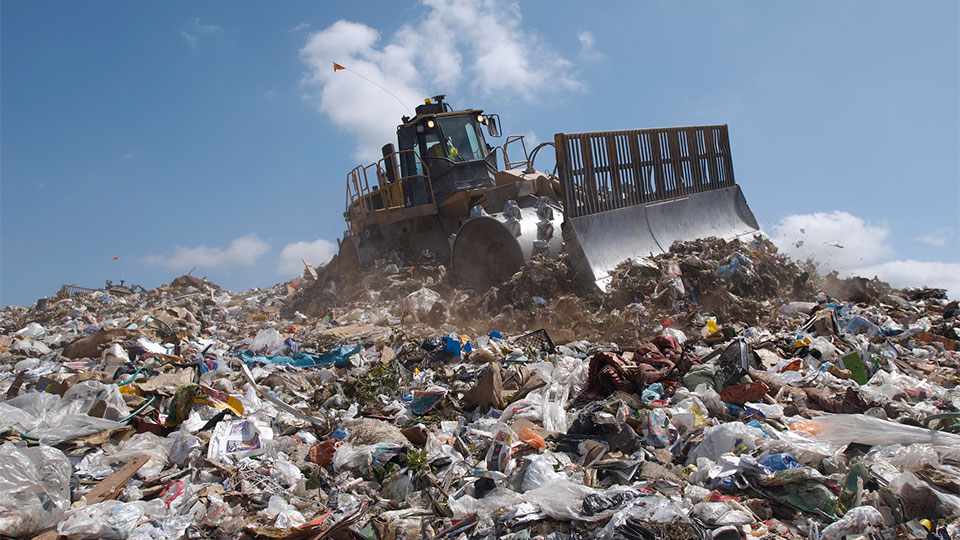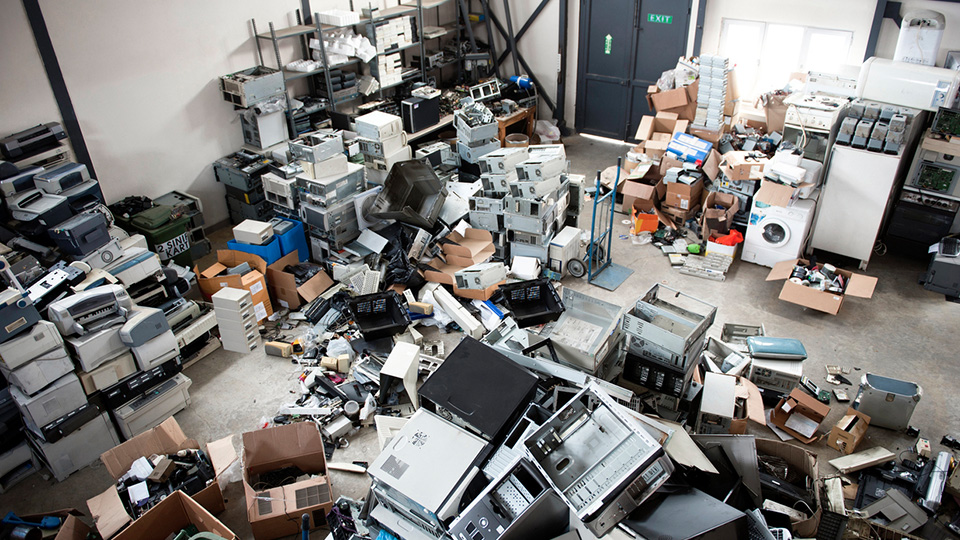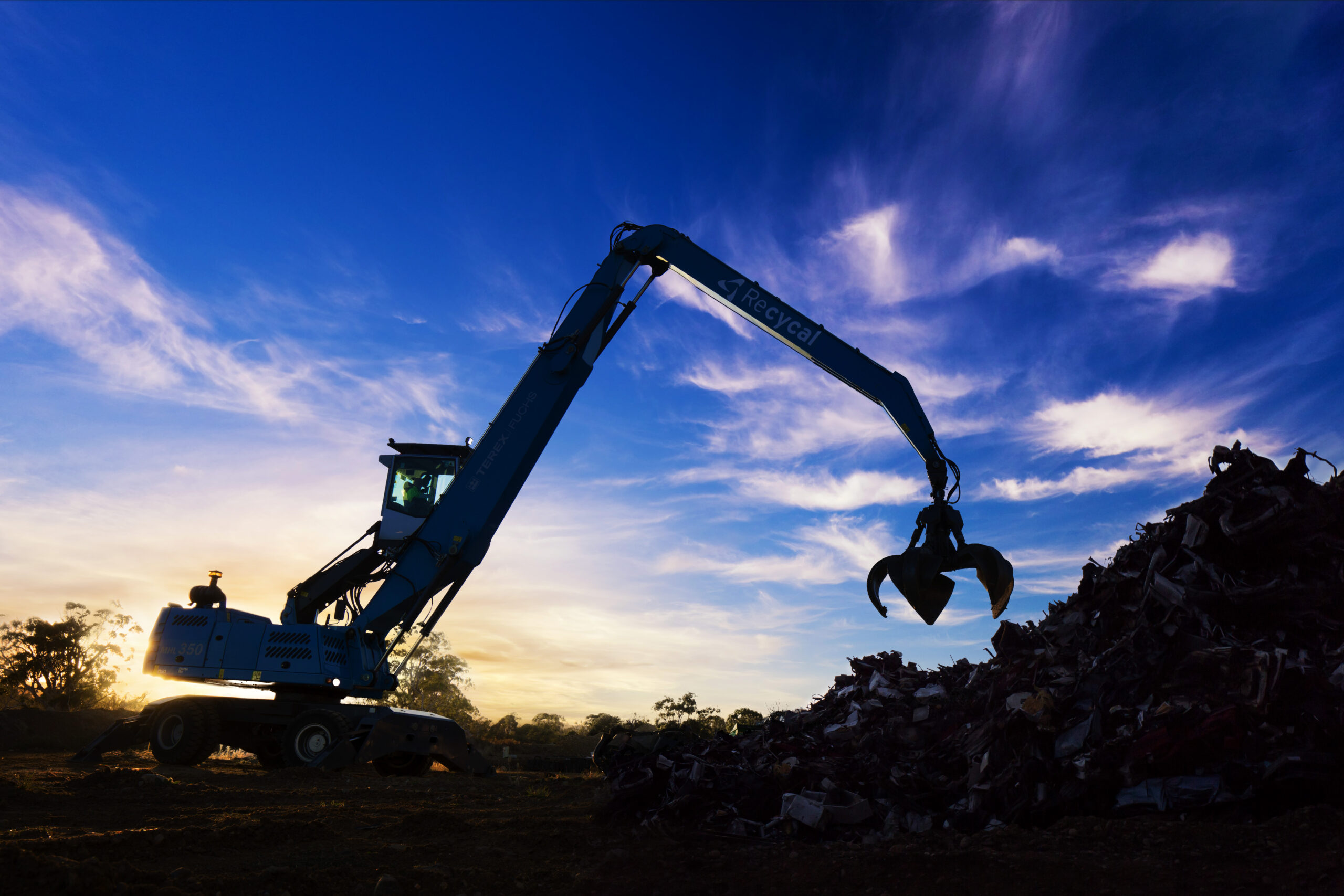We say a lot about the harm that mercury can cause, and why it’s a good thing to keep it out of our environment. You might have seen our article on mercury in fish with its link to a useful infographic that provides a nice little summary of why mercury is a bad guy in many situations.
But there is one major area where mercury is the good guy, and that’s when it is used in dental fillings.
Why Is Dental Amalgam So Good?
Dental amalgam combines mercury, silver, tin and copper, with mercury making up about half of the weight of each filling. According to the United States Food and Drug Administration (FDA), dental amalgam has been used to fill tooth cavities for over 150 years and in hundreds of millions of patients. Just think of the huge amount of pain and suffering that has been avoided by all those fillings.
Despite being “old” technology, dental amalgam remains in use because it has several things going for it.
It’s strong, and less likely to break than some other types of fillings. It’s long-lasting, so it’s less likely to need replacement or repair. And it is also easier for dentists to use and shape than some of the alternatives.
Is It Safe?
As a material that has been used for so long and in so many people, it’s not surprising that dental amalgam has been the subject of lots of research. After reviewing the “best available scientific evidence”, the FDA concluded that “Even in adults and children ages 6 and above who have fifteen or more amalgam surfaces, mercury exposure due to dental amalgam fillings has been found to be “far below the lowest levels associated with harm”.
The FDA takes a more precautionary in relation to breastfed infants and children under the age of six. However, even in these groups the FDA states that exposure levels are estimated to be within the range that Environment Protection Agency considers safe.
Not The Same As The Mercury That’s In Fish
The FDA points out that exposure to mercury from fillings is in the form of a vapour of elemental mercury. Fish, on the other hand, contain a far more toxic form of mercury called methyl mercury. This is absorbed and processed by the body quite differently to elemental mercury and is much more of a risk.
Are There Any Problems With Amalgam Fillings?
Some people have allergies or sensitivities to mercury, just as can occur with a range of other metals. As this may lead to lesions in the mouth, these people should avoid amalgam fillings.
The vast majority of people with fillings in good condition, however, can rest easy knowing that their fillings are doing their job and are no cause for worry.
Fillings may be fine in the mouth, but it’s a different story when amalgam fillings are removed. If they are flushed down the drain they become another source of environmental mercury contamination. Each dental chair in Australia generates, on average, around half a kilogram of mercury waste each year. But it’s a simple step for dentists to install amalgam separators and to ensure that all that mercury is properly recycled.
Dental filling photo source: Wikipedia
Remember To Recycle Your Dental Amalgam
As Australasia’s largest and most experienced mercury recycler, we provide tailored solutions to all dental clinics across Australia to ensure mercury is kept out of our environment using state of the art amalgam separators. For more information, call 1300 326 292 or fill out the form below and a dental waste specialist will be in touch to provide a tailored solution for your clinic.





